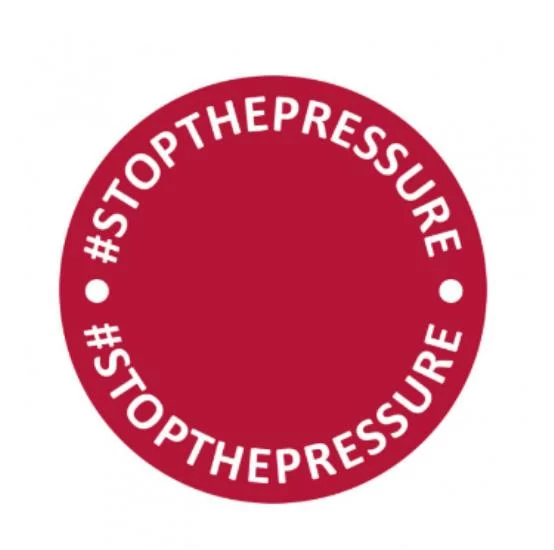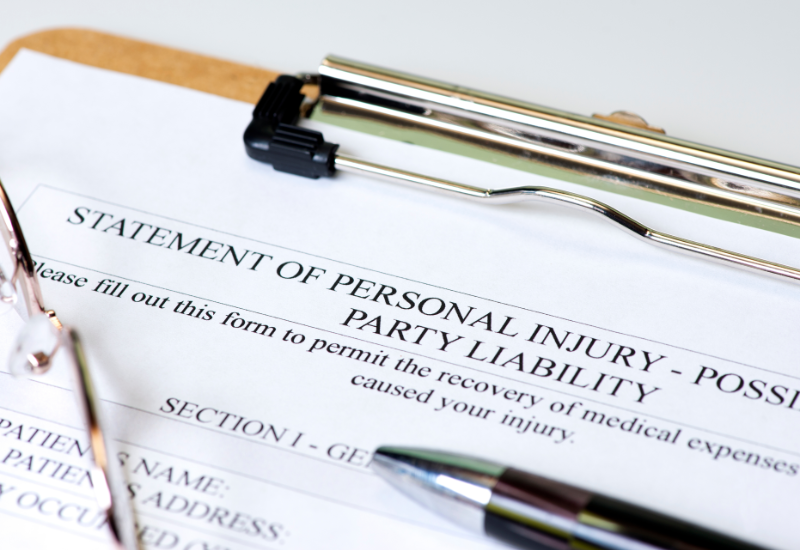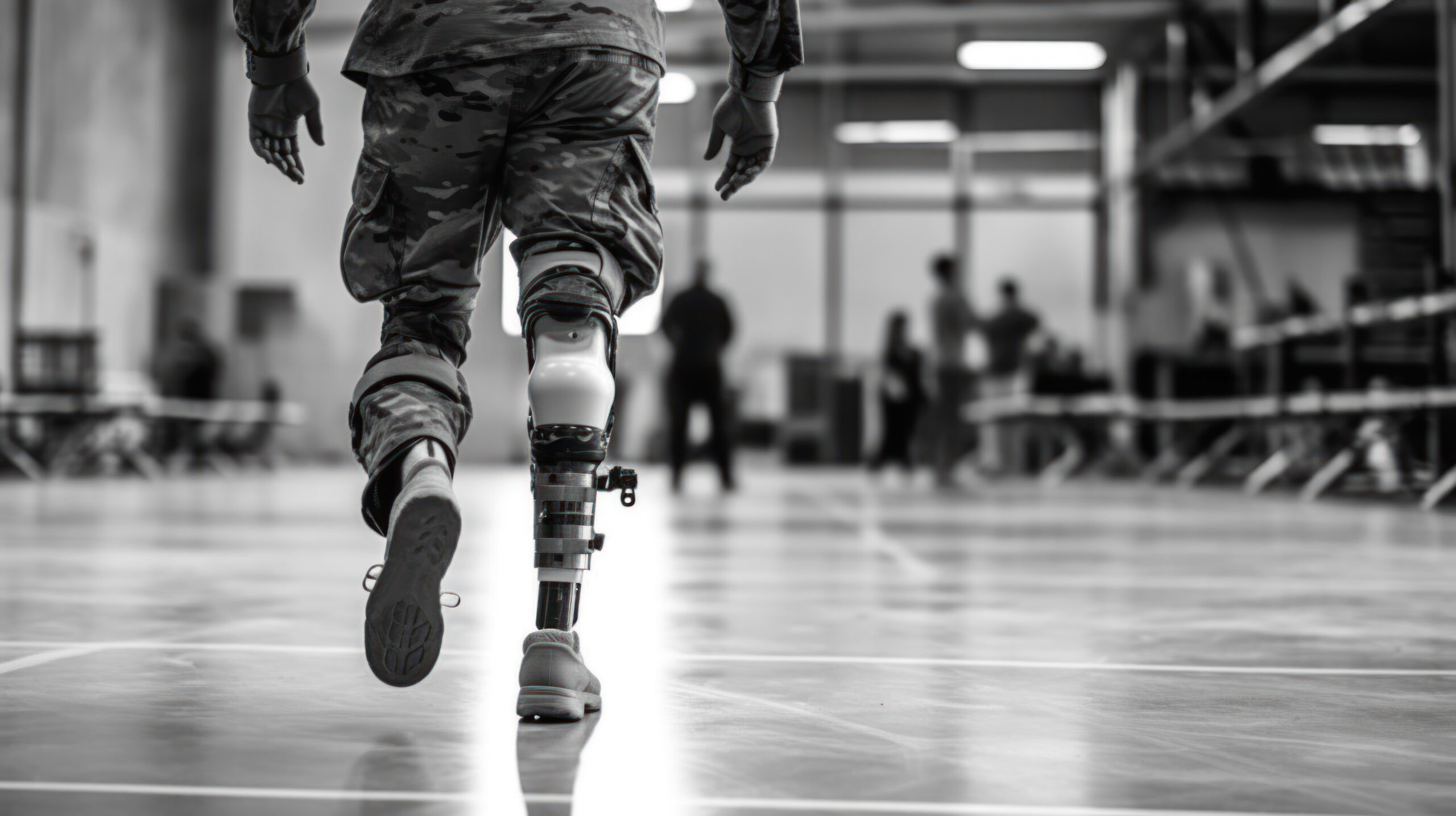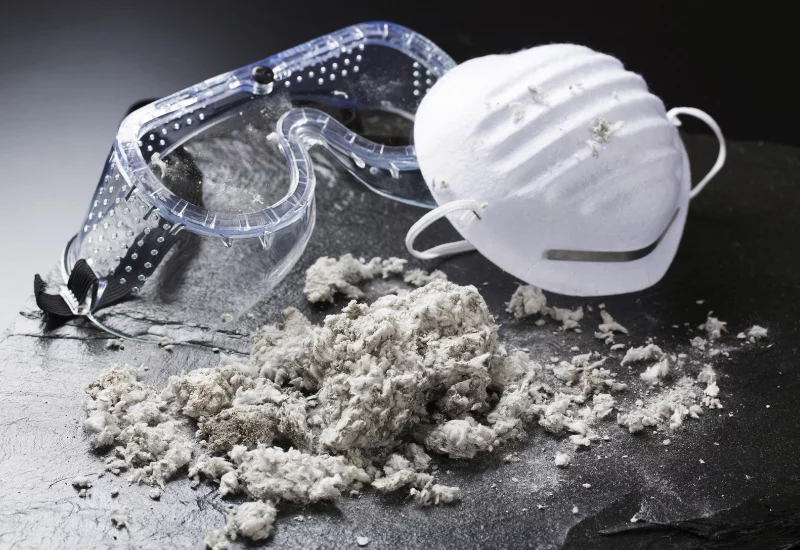Stop the Pressure – SIA Campaign against pressure ulcers

On 18 November the Spinal Injuries Association (SIA) will once again be raising awareness of the impact of pressure ulcers in their global awareness campaign – Stop the Pressure Day.
The specialist Personal Injury and Clinical Negligence Team at Trethowans are pleased to support this very worthwhile initiative, as one of the SIA’s two Trusted Legal Partners for the South West (alongside Royds Withy King).
James Braund, Partner at Trethowans said: “We have sadly seen the huge impact that pressure ulcers (also known as pressure sores) can have on patients. Pressure ulcers often occur when a patient has limited mobility and therefore spends too much time stationary putting pressure on one part of their body, such as lying in bed or sitting in a wheelchair. As a result, they are a particular risk for patients with a Spinal Court Injury. Pressure ulcers are often most common around a patient’s lower back, buttocks and hips, as well as further down their lower limbs, such as around the ankles, due to common weight distribution.”
If pressure ulcers are untreated they can often lead to a number of further complications, such as sepsis, cellulitis and (if the pressure ulcers involve the bones and/or ligaments / tendons) bone or joint infections. Pressure ulcers can be notoriously difficult to treat (particularly if the patient also had vascular issues or continued mobility restrictions). It is therefore important to prevent pressure ulcers from developing.
How can pressure ulcers be prevented?
Despite the significant potential impact of pressure ulcers on a patient, they are usually easily preventable. When patients are admitted to a new setting, their mobility should be assessed and, if it is restricted, a formal Waterlow Assessment should be undertaken, evaluating the patient’s risk of developing a pressure ulcer. Following this assessment, depending on the risks, measures should be put in place to mitigate (and hopefully prevent) the risk of pressure ulcers developing.
Measures to prevent pressure ulcers often involve the following:
- Regular turning and repositioning (well documented), including moving a patient (via hoist or otherwise) to a different setting, such as a chair.
- Aids and devices, such as pressure relieving mattresses or cushions.
- Regular skin viability inspections, to identify any early signs of pressure ulcer risk (such as red areas).
What are the stages of pressure ulcers?
If untreated pressure ulcers can deteriorate and grow. Pressure ulcers are categorised into four different levels:
- Grade 1 – Skin discolouration
- Grade 2 – Some skin loss and/or damage to the upper skin layers
- Grade 3 – Necrosis (tissue death) and/or damage to the skin layers
- Grade 4 – Necrosis (tissue death) and/or damage to extending to the underlying structures
Can I claim compensation for a pressure ulcer?
We have seen many instances of pressure ulcers and have dealt with lots of claims relating to the same. Whilst pressure ulcers can often be easily preventable, a number of complex issues often arise in such claims.
We are seeing cases increasingly involving other peripheral issues such as those involving consent and capacity.
James Braund recently concluded a very complex clinical negligence claim against a nursing home relating to pressure ulcers. In that case, the patient had previously suffered a stroke and was paralysed on one side. The case plan concluded that the patient needed to be regularly turned, every few hours. While there were some records showing repositioning being offered, on many of these occasions it was simply noted that the patient refused repositioning. The crux of the case was whether the patient had been sufficiently consented regarding the repositioning. With the assistance of expert nursing and neurological rehabilitation evidence, James was able to show that there had been a failure to sufficiently explain the need for repositioning and the likely outcome if the same was not undertaken. If that had occurred the patient would have agreed to the repositioning. The case was eventually settled for a significant sum in the patient’s favour.
At Trethowans we are committed to raising awareness of pressure ulcers and working towards preventing the same, wherever possible. You can read more about the SIA’s vital work in highlighting and addressing pressure ulcers here.
James Braund is a Partner in our Personal Injury and Clinical Negligence team in Poole and Bournemouth. If you have, sadly, suffered pressure ulcers and would like to speak to us on a free, no obligation basis, then please contact us on 0800 280 0421 or get in touch here.













